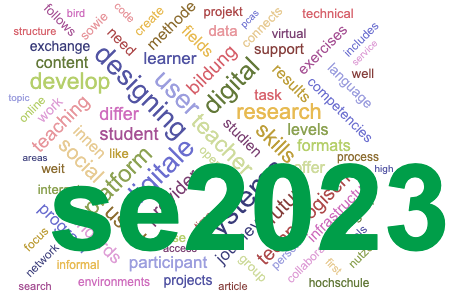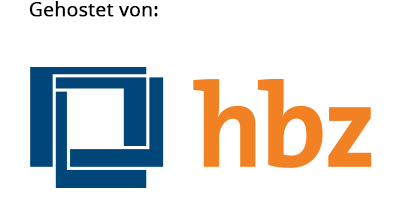Towards a Standardized Machine-Readable Metadata Format for MOOC Platforms
Schlagworte:
Fields of Study, MOOC, Massive Open Online Course, Metadaten, Standards, Studienbereich, e-learning, metadataAbstract
Heutzutage sind viele Onlinekurse wie MOOCs (Massive Open Online Courses) verfügbar von verschiedenen Anbietern (z.B. edX, Coursera, openHPI, OpenWHO, iMOOX). Um Lernende zu unterstützen, wurden Aggregatoren wie Class Central oder MOOChub gegründet. Diese Aggregatoren enthalten Kataloge mit den Angeboten der Provider, was sie zu zentralen Eintrittspunkten für die Nutzenden macht. Diese Kataloge basieren auf Metadaten, die entsprechend formatiert sein müssen. Die Metadaten können dann auch zum Filtern von Kursen und Empfehlungssystemen genutzt werden. Mit dem Aufkommen von mehr und mehr KI-basierten Empfehlungsservicen für Lerngelegenheiten und Lernpfadassistenten steigt der Bedarf an gut gepflegten und bedeutsamen Metadaten massiv an. In dieser Publikation stellen wir unsere Untersuchungen zu verschiedenen Systemen zur Kategorisierung des Studienbereichs, Themenbereichs oder Faches vor, die genutzt werden können, um existierende Metadatenformate zu verbessern. Eine Übersicht über Kategorisierungssysteme für Studienbereiche von verschiedenen Entitäten (z.B. international, national und private Organisationen) wird gegeben. Die Systeme werden in Hinblick auf ihren Nutzen in Metadatenformaten zur Beschreibung von Kursen verglichen. Die Ergebnisse werden genutzt, um unser Metadatenformat zu verfeinern und stellen einen weiteren Schritt hin zu einem standardisierten Metadatenformat für Kurse und automatisiert generierten Metadaten dar.Downloads
Veröffentlicht
2023-09-13
Ausgabe
Rubrik
Beiträge



